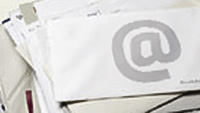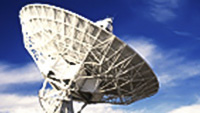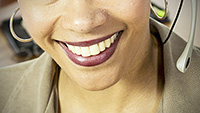Search and order online
News conference with ESA astronaut Thomas Pesquet
- Video Online only
- Title News conference with ESA astronaut Thomas Pesquet
- Released: 12/11/2021
- Length 00:55:31
- Language English
- Footage Type Live Footage
- Copyright ESA - European Space Agency
- Description
Replay of the news conference with ESA astronaut Thomas Pesquet held at the European Astronaut Centre on 12 November.
Thomas splashed down on Earth after 199 days in space on 8 November. After being helped out of the Crew Dragon Endeavour, just four days later and after a boat, helicopter and multiple aircraft rides, Thomas arrived at the European Astronaut Centre in Cologne, Germany.
A one-hour news conference was held at ESA’s astronaut centre on 12 November.
Programme:
• Welcome by ESA’s Director of Human and Robotic Exploration Dave Parker.
• Statement from ESA’s Director General Josef Aschbacher
• Presentation on ESA’s vision on the future of human and robotic space exploration
• Thomas Pesquet statement
• Questions and answers from press (in French)
Thomas flew to the International Space Station as part of Crew-2 alongside NASA astronauts Shane Kimbrough and Megan McArthur and JAXA astronaut Akihiko Hoshide.
During Thomas’ second mission to space, called Alpha, he broke many ESA spaceflight records including most time spent spacewalking and most time in space for any European. He also became the first French commander of the International Space Station, taking over the role from Aki.
In addition to supporting 200 investigations in space, including 40 European ones and 12 new experiments led by the French space agency CNES, Thomas saw seven spacecraft come and go, the 20-year old Pirs module leaving for good and the arrival of the Russian Nauka laboratory module with a very special passenger, the European Robotic Arm.
Back on Earth, Thomas will continue working with European researchers on experiments including Acoustic Diagnostics that looks into the impact of the Space Station environment on astronaut hearing, the TIME experiment that looks at whether astronauts judge time differently in space, and two experiments known as Grip and Grasp that look into the physiology behind eye-hand coordination and the role of gravity in regulating grip force, among others.


